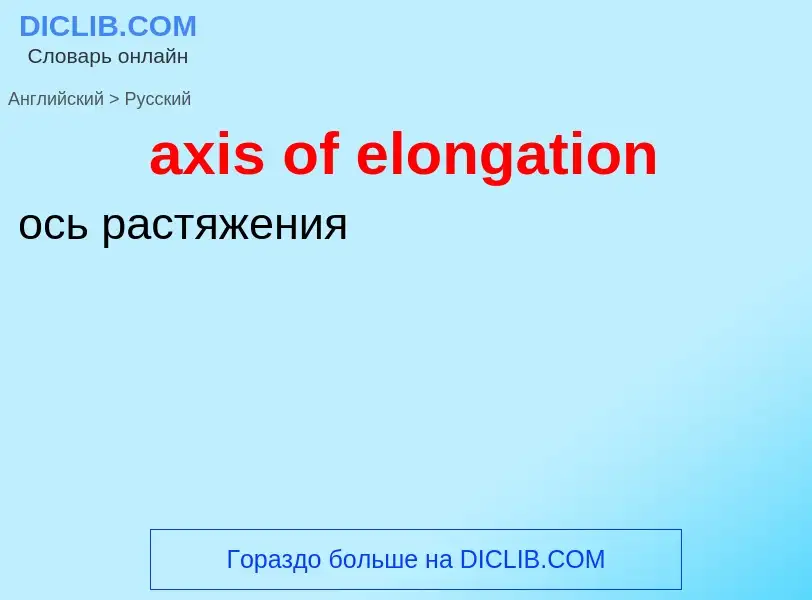Μετάφραση και ανάλυση λέξεων από τεχνητή νοημοσύνη
Σε αυτήν τη σελίδα μπορείτε να λάβετε μια λεπτομερή ανάλυση μιας λέξης ή μιας φράσης, η οποία δημιουργήθηκε χρησιμοποιώντας το ChatGPT, την καλύτερη τεχνολογία τεχνητής νοημοσύνης μέχρι σήμερα:
- πώς χρησιμοποιείται η λέξη
- συχνότητα χρήσης
- χρησιμοποιείται πιο συχνά στον προφορικό ή γραπτό λόγο
- επιλογές μετάφρασης λέξεων
- παραδείγματα χρήσης (πολλές φράσεις με μετάφραση)
- ετυμολογία
axis of elongation - translation to ρωσικά
математика
ось растяжения
общая лексика
фактор элонгации
Ορισμός
Βικιπαίδεια
In astronomy, a planet's elongation is the angular separation between the Sun and the planet, with Earth as the reference point. The greatest elongation of a given inferior planet occurs when this planet's position, in its orbital path around the Sun, is at tangent to the observer on Earth. Since an inferior planet is well within the area of Earth's orbit around the Sun, observation of its elongation should not pose that much a challenge (compared to deep-sky objects, for example). When a planet is at its greatest elongation, it appears farthest from the Sun as viewed from Earth, so its apparition is also best at that point.
When an inferior planet is visible after sunset, it is near its greatest eastern elongation. When an inferior planet is visible before sunrise, it is near its greatest western elongation. The angle of the maximum elongation (east or west) for Mercury is between 18° and 28°, while that for Venus is between 45° and 47°. These values vary because the planetary orbits are elliptical rather than perfectly circular. Another factor contributing to this inconsistency is orbital inclination, in which each planet's orbital plane is slightly tilted relative to a reference plane, like the ecliptic and invariable planes.
Astronomical tables and websites, such as Heavens-Above, forecast when and where the planets reach their next maximum elongations.


